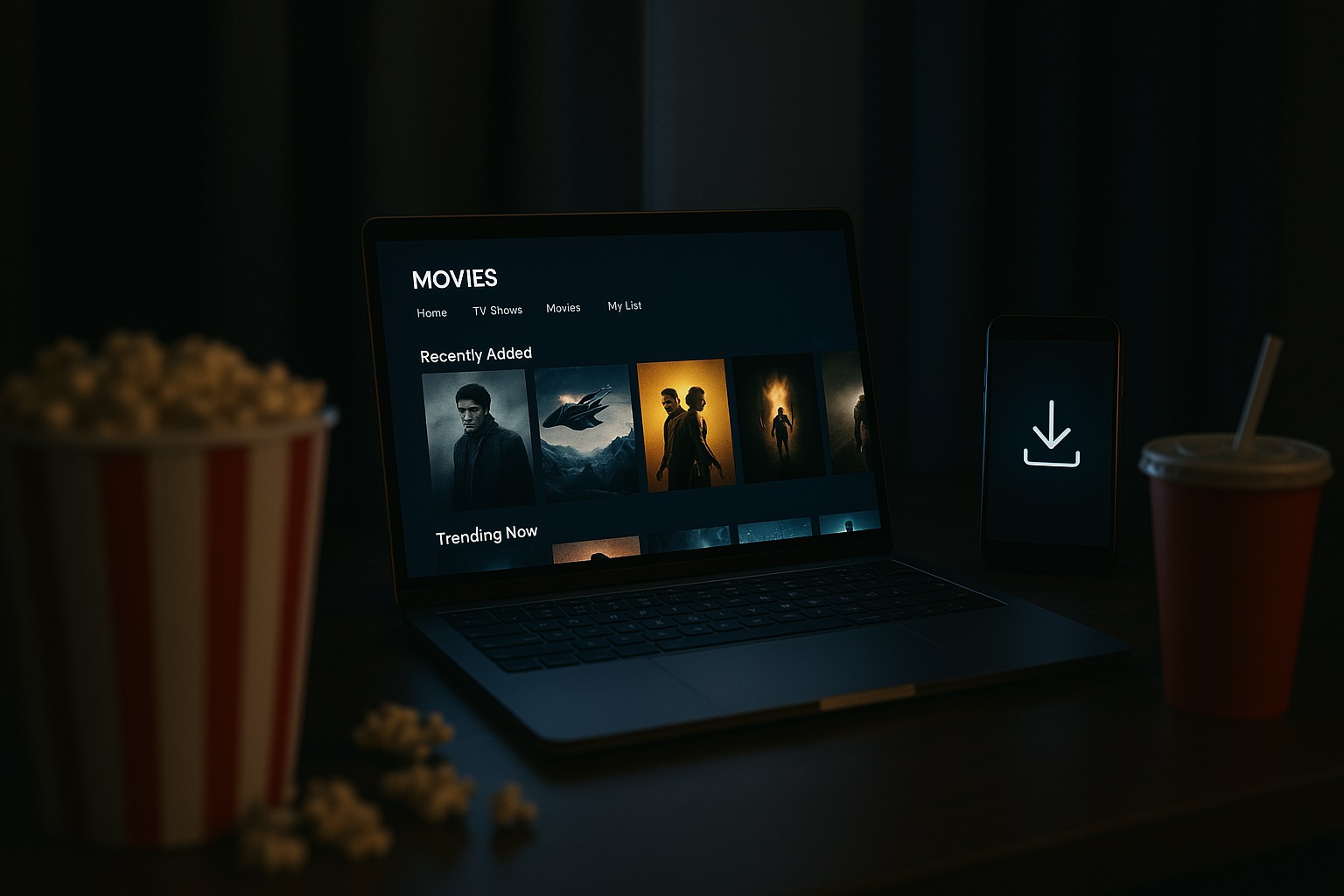How Filmyzilla Provides Movie Access

For many internet users who want quick access to movies without going to theaters or subscribing to streaming services, sites like Filmyzilla often appear in search results. These platforms offer a wide range of titles, from Bollywood blockbusters to Hollywood hits, and even regional films across different languages. Their reach has grown over time, especially in regions where content access can be limited by cost, location, or timing.
But how exactly does Filmyzilla work? What keeps people coming back despite the legal and ethical questions it raises? The way it provides access to content is worth understanding, both from a tech and a social perspective. This post breaks down the structure behind Filmyzilla’s operation and how it maintains a global audience through ease of access and timing.
What This Article Covers
- How Filmyzilla operates behind the scenes
- The types of content it provides and how users find them
- The role of mirror domains and changing URLs
- Why access to movies is such a big draw
- Ethical and legal issues tied to its operation
The Platform’s Main Attraction
Filmyzilla’s biggest draw is simple: fast access to movies that viewers want to watch without needing a subscription or waiting for official releases. The site is known for uploading movies very soon after their theatrical or digital debut, sometimes within hours. These uploads are often available in different resolutions and file sizes, which makes them accessible even with limited internet speed or mobile data.
The platform usually categorizes content by language, genre, release year, and format. Users can search for specific titles or browse recent uploads. From a user’s point of view, it’s straightforward and efficient. No login is required, and most downloads or streams take only a few clicks.
This frictionless access to entertainment, especially in countries with less affordable digital platforms, helps explain its popularity.
How It Manages to Stay Online
Filmyzilla is not a single fixed website. It operates through a network of domains that shift regularly. When one domain is blocked or taken down, a new one is launched under a different address. This system is often referred to as using “mirror” or “proxy” sites. These mirrors are clones of the original site and host the same content but under new domain names.
Search engines and social media occasionally catch and remove these links, but they’re usually shared quickly among users through private messaging apps, forums, and unofficial Telegram channels. Because of this network effect, Filmyzilla can reappear almost immediately after a takedown.
Some of these sites also generate revenue through ads, often pop-ups or redirect pages. While this can be frustrating for users, it helps the operators maintain the infrastructure needed to store and distribute large video files.
The Content Range and Audience Reach
What makes Filmyzilla stand out is the variety it offers. From international films to dubbed versions of regional hits, it tries to appeal to as many viewer groups as possible. English, Hindi, Tamil, Telugu, and even Bhojpuri-language movies are commonly found. Many titles are labeled in terms of print quality like “HDTS,” “WEB-DL,” or “BluRay,” and users can choose based on what their device can handle.
Subtitles are often included, especially for foreign language films. Some users turn to Filmyzilla for access to indie or lesser-known movies that might not be available on local streaming platforms.
This kind of access has turned the site into a go-to option, especially for younger users or students who may not have access to paid services.
Timing Plays a Big Role
One reason Filmyzilla gets so much traffic is the speed at which it makes new movies available. Users often visit with the expectation that a newly released movie will already be there, and more often than not, they’re right. That kind of instant access plays directly into the modern desire for immediacy.
Even though the content may not be in full HD initially, many viewers are willing to accept lower quality for the sake of speed. As better versions become available, the site typically updates the listings with newer uploads.
This quick delivery system keeps people checking back often, especially around major movie release dates.
Risks That Come with the Access
While the convenience is undeniable, accessing or downloading content from sites like Filmyzilla comes with several risks. The most obvious is legal. Downloading pirated movies is illegal in many countries, and some governments have started cracking down on individual users, not just the operators of these sites.
There’s also a security risk. Because these sites rely on ad networks that may not be vetted, they can expose users to malware or phishing links. Some pop-up ads can trigger automatic downloads or redirect users to unsafe websites.
These concerns don’t always stop visitors, but they do create an ongoing tension between access and safety.
The Ongoing Battle with Copyright Laws
Film studios, streaming platforms, and anti-piracy organizations continue to work against sites like Filmyzilla. Takedown notices, DMCA complaints, and domain seizures are common tactics. But the decentralized nature of the internet, combined with strong user demand, means that as one site goes down, another often takes its place.
The issue isn’t just technical—it’s also social. As long as there are gaps in content access, people will find ways to fill them. In many countries, movies that debut in theaters are simply not affordable for the average viewer. And streaming subscriptions, especially across multiple services, can quickly add up.
This doesn’t make piracy legal or acceptable, but it helps explain why platforms like Filmyzilla continue to thrive despite efforts to shut them down.
The Role of Users and Awareness
Most visitors understand, on some level, that Filmyzilla exists outside legal boundaries. But for many, the draw of free entertainment outweighs those concerns. Part of the reason is access. Another part is awareness—many younger users don’t always know how content licensing or copyright works, or why it matters.
Some users say they turn to these sites only when a movie isn’t available in their region or language. Others treat it like a last resort when a favorite show or film is missing from official services. These patterns reflect bigger questions about how global audiences consume media and what barriers they face.
Filmyzilla offers a window into how demand for entertainment and gaps in access can lead to unconventional solutions. It works by being fast, familiar, and wide-reaching, even if it stays just out of view of the legal mainstream. For anyone curious about how movie access changes in the age of streaming and decentralization, it’s worth watching how platforms like this operate—and how audiences respond.





